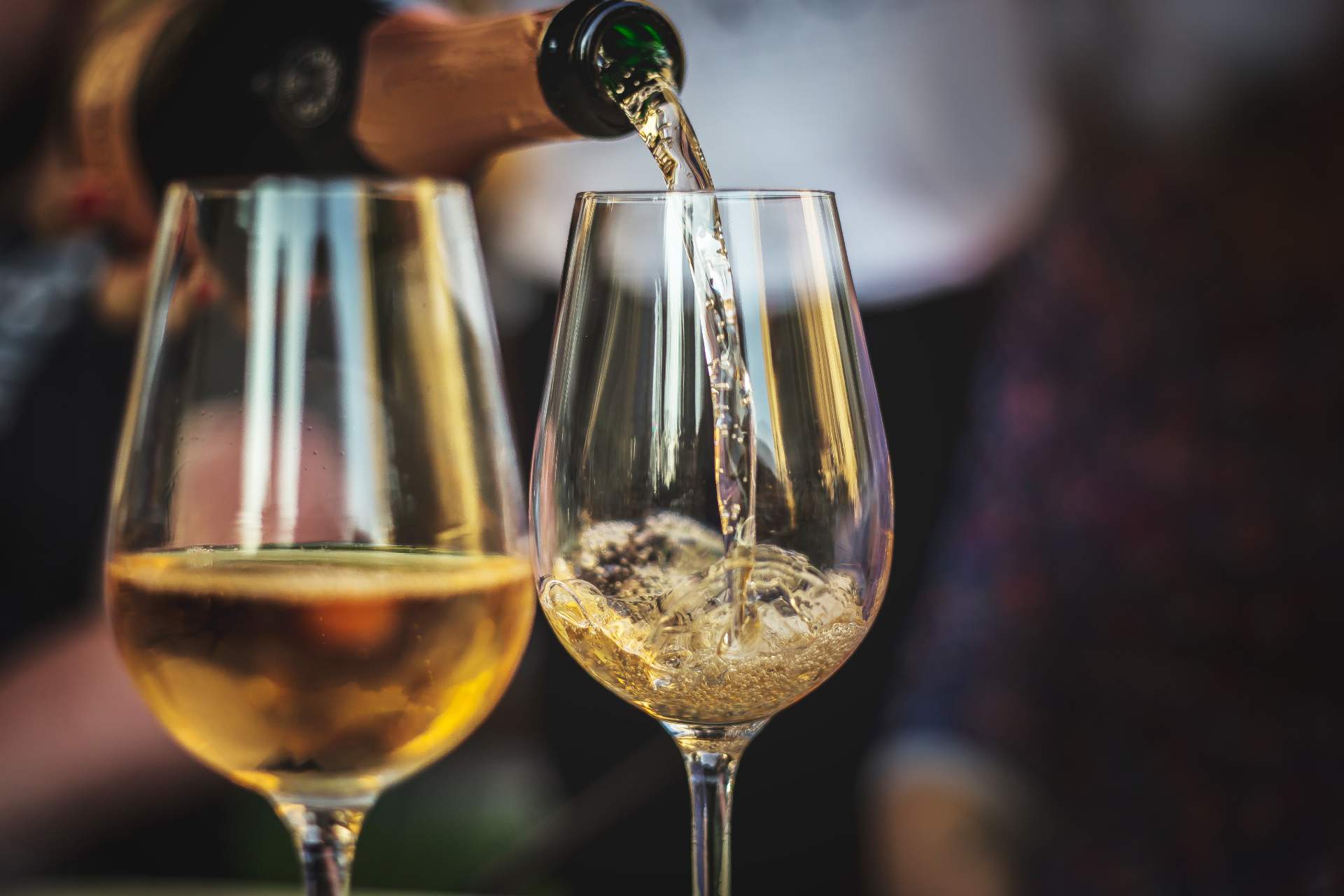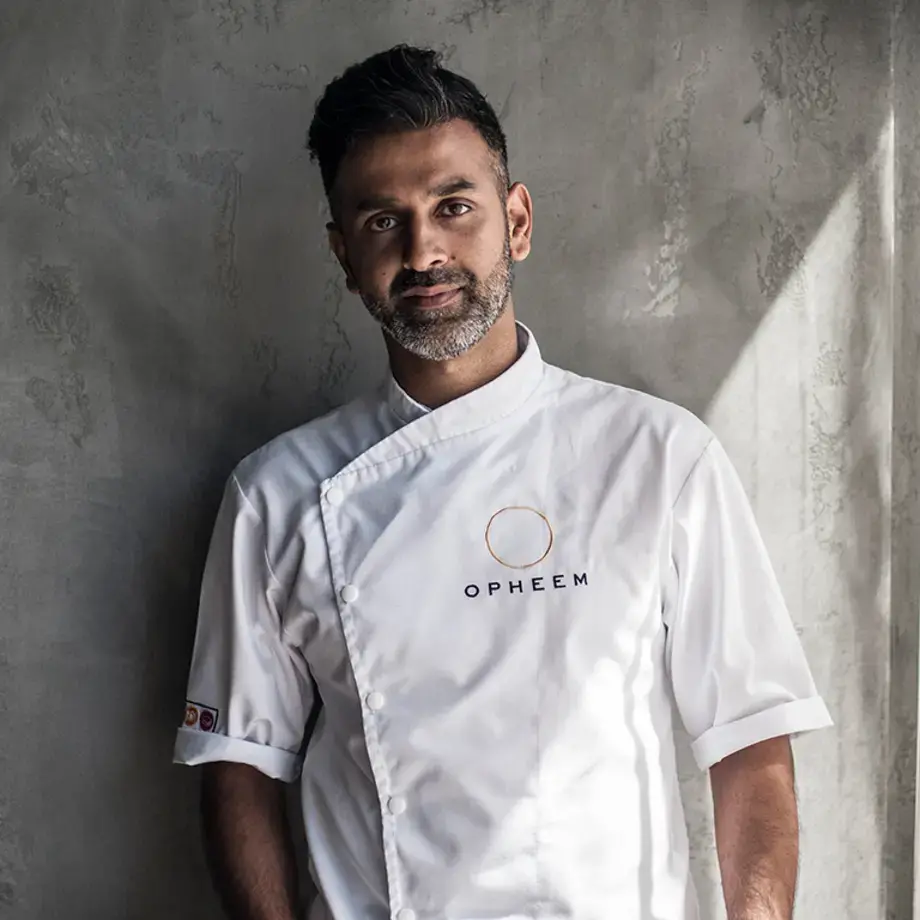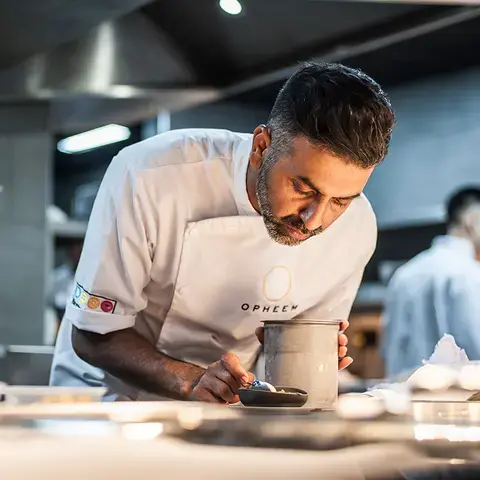History of the mimosa cocktail
Who doesn’t love a lazy weekend brunch? The perfect way to relax and catch up with friends after a busy weekend, or to recharge after a wild night out. But whether your idea of brunch is Eggs Benedict with creamy Hollandaise sauce or smashed avocado on sourdough toast, there is one drink that is a must on any brunch menu. Combining your early morning glass of freshly-squeezed orange juice with a dash of sophisticated lunchtime bubbly, mimosas are the ultimate brunch cocktail, with restaurants around the world pouring them out by the thousand every weekend.
Unlike many cocktail favourites, the origins of the mimosa are unclear. One popular theory is that they were invented by the 'Master of Suspense' himself, Hollywood director Alfred Hitchcock. Legend has it that Hitchcock and an unnamed friend were taking lunch in a San Francisco restaurant in the 1940s, and, having doubtless attended some glamorous soirée or other the night before, were in no mood for strong alcohol, ordering fresh orange juice topped up with champagne instead.
Sadly, however, the Hitchcock theory is simply not correct, as there is record of mimosas long before the '40s. Barman Frank Meier was serving them at the Paris Ritz as early as 1925, and has also been named as their possible creator. But Meier released a cocktail-making guide in the 1930s, where he indicates which drinks are his own creation, and although the mimosa is featured, he does not claim it as his own.
Other mimosa detectives have pointed out that the mimosa is almost identical to Buck’s Fizz, an orange juice and champagne cocktail created in 1921 by The Buck’s Club in London, reportedly as an excuse for its gentlemen members to start drinking before lunchtime. The main difference was proportions - mimosas tend to be equal parts champagne and orange juice, while the party-loving gentlemen of The Buck’s Club preferred two parts champagne to one part orange.
So is Buck’s Fizz the father of the mimosa? The truth is, nobody knows. What we do know is that ordinary people in the wine-growing regions of Europe have been mixing sparkling wine and orange juice for centuries. In France, ‘champagne and orange’ had been around long before it was given the name ‘mimosa’, while in Spain, orange juice is traditionally mixed with Cava and other sparkling wines. When the drink was first introduced to high society, and the identity of who first called it a mimosa may remain forever shrouded in mystery. Hitchcock would approve.
As for its reputation as a brunch favourite, it seems that Hitchcock may have played a part here after all. Mimosas were introduced to the United States in the early 1960s via celebrities from France and the UK, who were often described by newspapers as preparing or drinking mimosas as a way of conjuring an air of sophistication. Actress Vanessa Redgrave was described talking to an interviewer whilst sipping mimosas, while Hitchcock himself is mentioned preparing mimosas in two separate interviews. By the end of the decade, fashionable eateries in New Jersey had begun offering mimosas as part of their brunch menus, and the rest is history.









